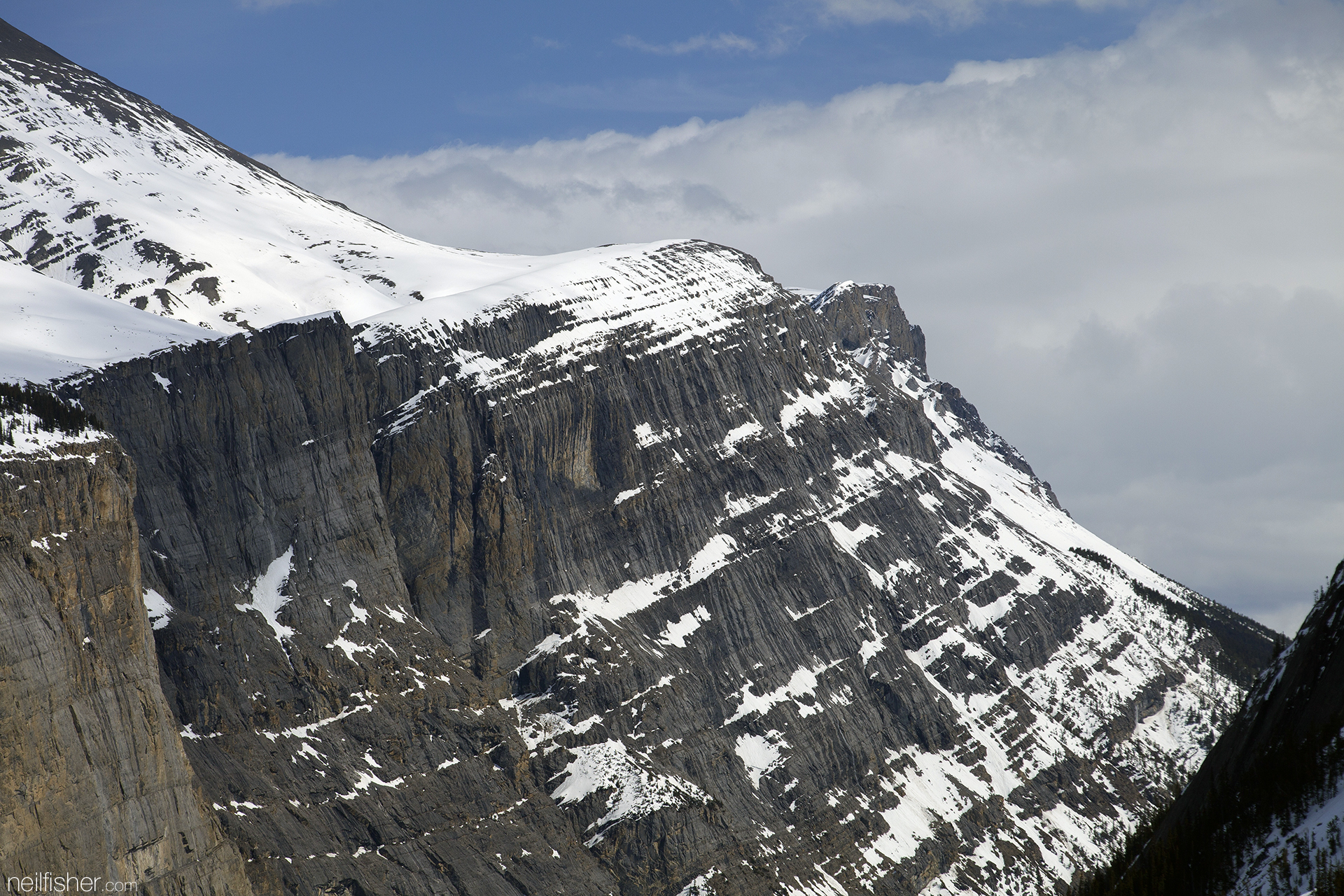Athabasca Glacier
A few years ago I overheard a second hand story involving an Inuit whose logic is irrefutable. The story is that of an elder’s argument pertaining to climate change and the impact of scientific exploration. If two equal volumes of ice are placed in water, a solid block of ice will melt more slowly than crushed ice. With this premise in mind, consider the impact of huge Canadian Coast Guard ice breakers traversing the polar ice cap and consider the impact of oceanographic researchers drilling more and more holes in the ice - both increasing overall ice surface area. To argue with this elder’s logic is difficult. Yes, breaking ice into smaller pieces does result in faster melting. However, what has a much greater impact on melting ice is raising the water and air temperature.
In 1991 I was six years old, Al Gore hadn't yet spoken the words “global warming” and the Kyoto Accord would have been mistaken for a horrible failure of a Hyundai sedan. It was also the year that the Fisher family made the trek to Jasper and set foot on the Athabasca Glacier. Ignoring the tragically embarrassing early nineties attire, this photo shows the mammoth ice on one of its better days . Skip forward twenty three years and the glacier is perspiring a little more than it used to. Today it’s receding faster than Nicolas Cage’s hair line and is in need of serious help. But is it too late to help the Athabasca Glacier?
When visiting the frozen goliath early this spring, the surrounding region was still blanketed in a thick layer of snow, making it difficult to decipher where the winter snow ended and the glacier began. Difficult, but not impossible. To investigate closer in true Scottish tradition meant skipping the lavish snow bus and hiking on foot to the edge of the glacier. If watched from afar, the three people making their way across the snow towards the edge of the glacier would have resembled an episode of the Three Stooges. Warm spring temperatures had made the snow pack incredibly soft - so soft that if you broke through the surface crust you’d be waist deep. Every third of four step would result in someone plummeting into the soupy snow pack.
Some how even with sopping wet socks and shoes, and bloody knees from the countless tumbles, the slow trek still remained incredibly fun! It was as if each of us took on an Indian Jones persona - each foot step thought out thoroughly before committing complete body weight in anticipation of poison darts flying past one’s face. Ultimately the best approach was to simply crawl across the snow. Yup, getting down on all fours more evenly distributed body weight across the paper-thin snow crust. We did eventually make it to the edge of the glacier and it was impressive to see. However, along the way the “trail” was dotted with interpretive markers highlighting where the glacier had reached throughout history. One specific date that really hit me hard was this 1992 marker. With a hand on the marker the glacier is now almost a hundred metres away. In my lifetime this hunk of ice-age-left-overs has be mortally wounded.
Sure it’s not lush amazon rain forest, it doesn't have old growth trees, it won’t lick your face if you bend down to greet it, but that doesn't mean it’s not worth saving. A computer-based climate model from the United States Geological Survey suggests that it’s already too late for some of the larger glaciers in the rocky mountains - by 2030 even glaciers as large as 4 hectares will have disappeared. In the case of these rocky mountain glaciers it may be a lost cause, but many scientist contest there’s still plenty we can do to slow and possibly halt climate change. Chances are if you've read this much, you likely already know what we can do on an individual level, which is great. The challenge now is getting the rest of the world on board.



